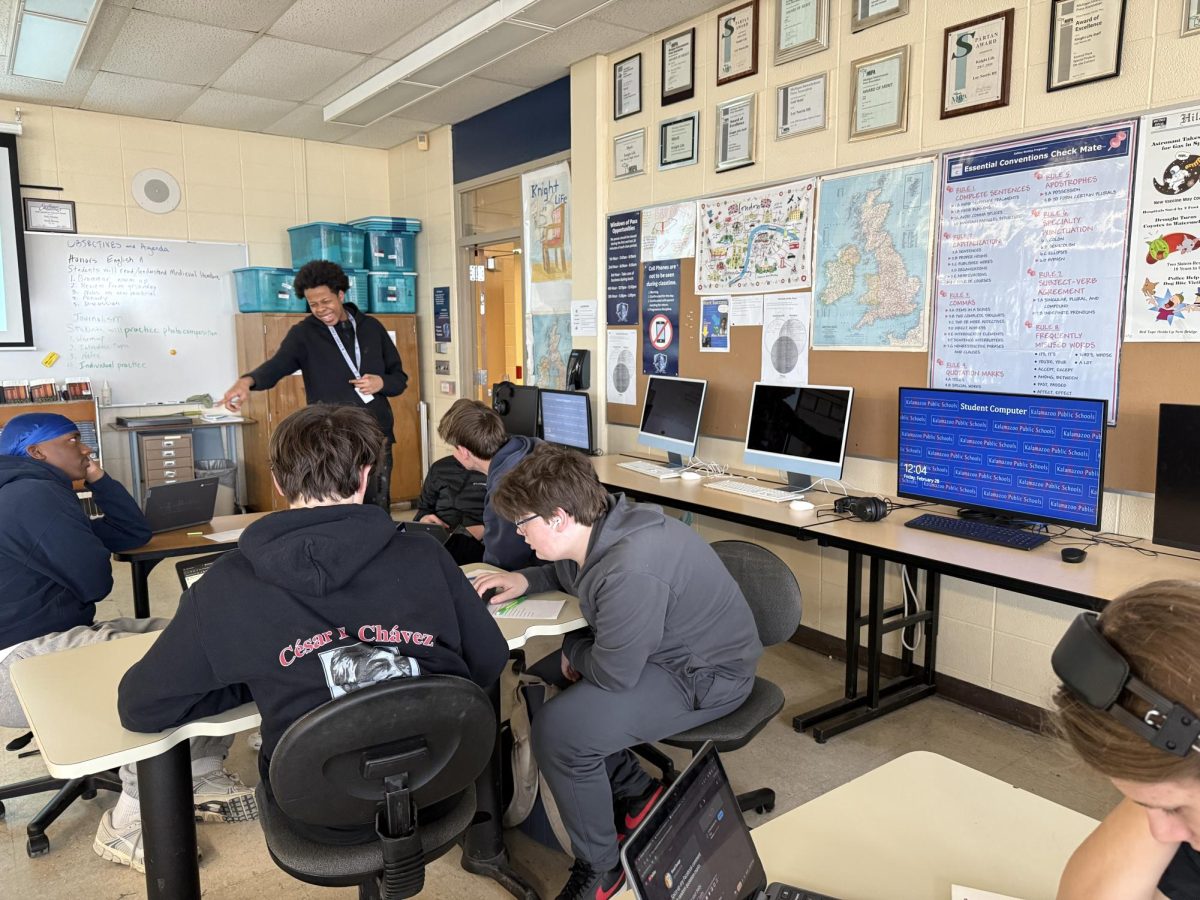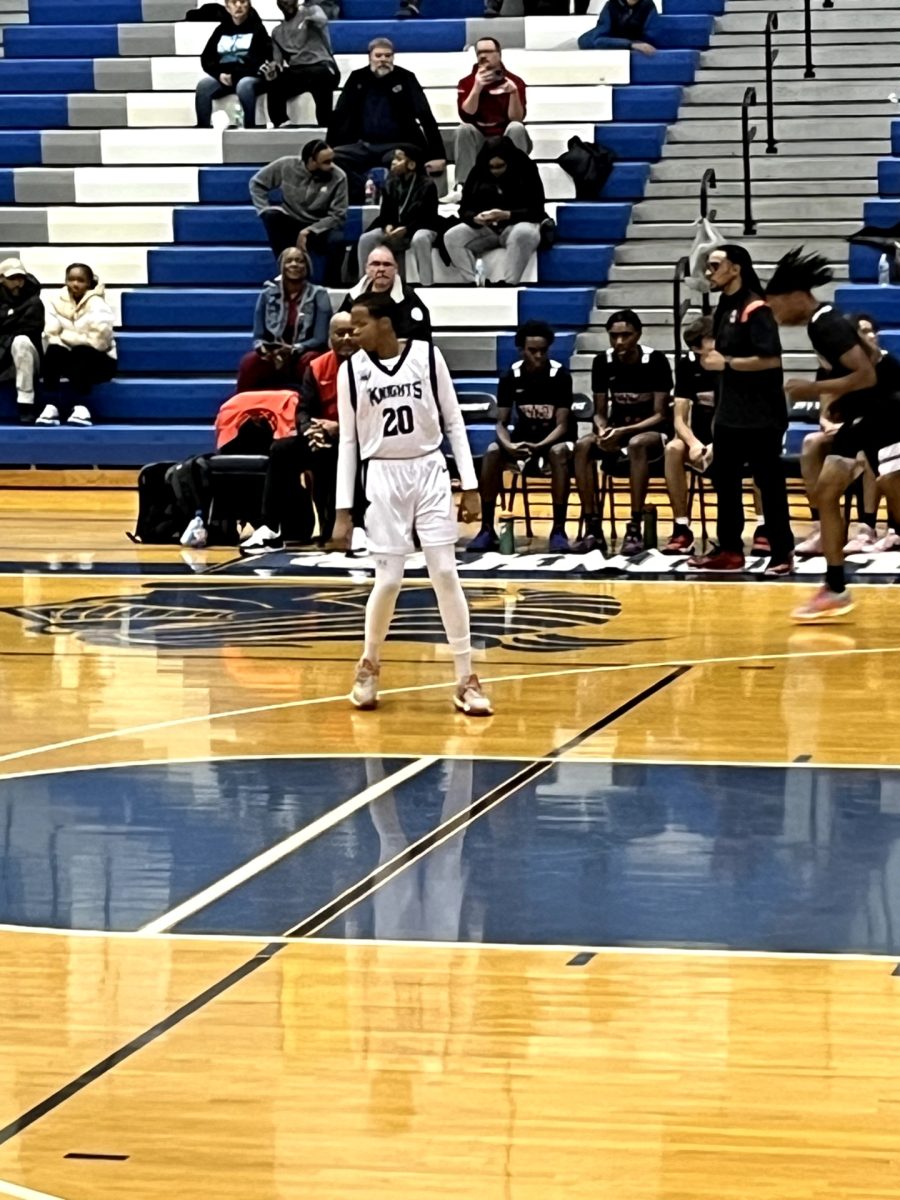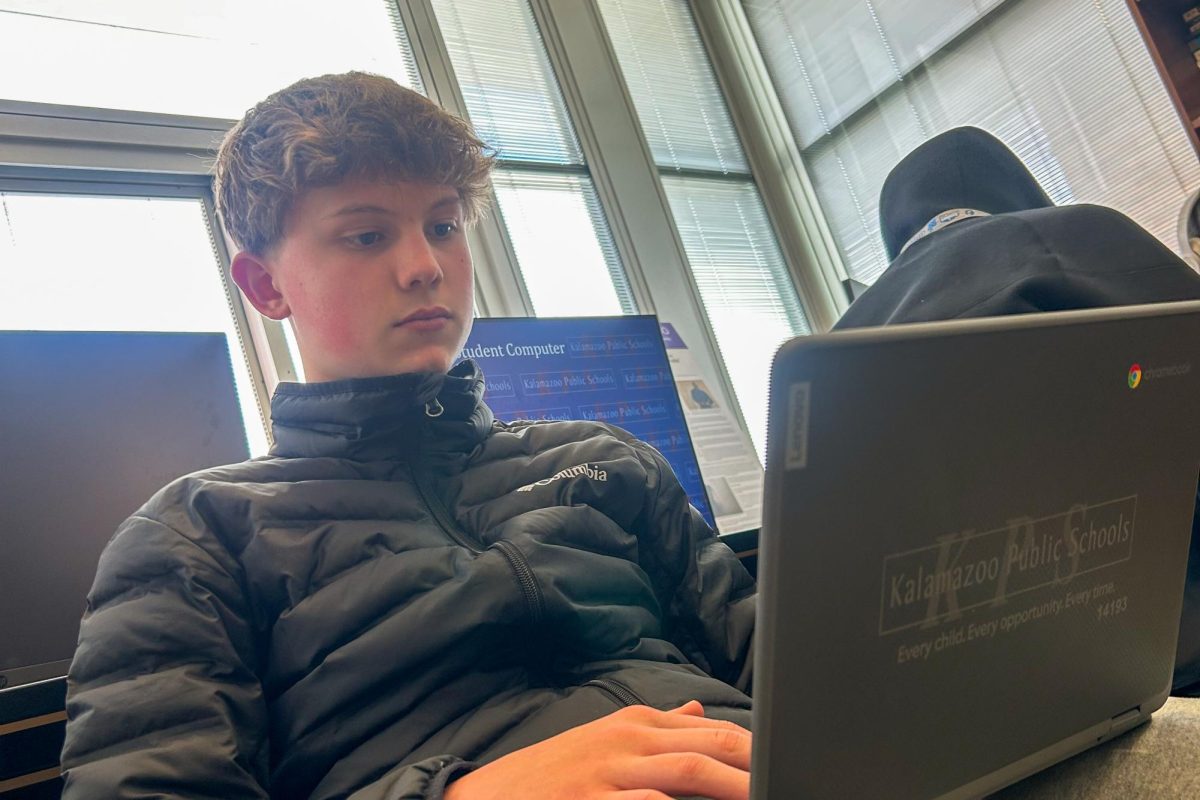If you’ve ever ventured to the J-wing, maybe to go to the gym or choir room, it is very possible you may have seen a small rodent pass by your feet.
However alarming this may be, it actually isn’t out of the ordinary for some staff.
“It’s been a problem in multiple buildings as long as I’ve taught in KPS,” said band teacher Aaron Mirakovits.
Some might jump to claiming there is a “mouse infestation,” but the word infestation has proven to be overused in school buildings, as it means that there is an unusual number of pests. While there may be mice sightings once in a while, it is not classified as an infestation. However, even if just one mouse is spotted, direct action must be taken.
According to Pest Services, schools must be aggressive against rodents because if they gain a foothold in such a large facility, the infestation can become a health risk.
Rodents are considered “vectors,” meaning that they are a primary carrier of disease. They advance the spread of diseases like rabies, leptospirosis and salmonellosis. Many of these ailments can be picked up through contact with the mice, their matter or consumption of food that they have partially eaten.
It is advised that schools should take immediate and aggressive action in or to rid the school of the infestation, especially in the winter months.
“A school is a perfect refuge. Mice get pushed indoors in the winter time, and this is a big indoors. Since we feed about two thousand kids every day, there is lots of food and remnants,” said principal Christopher Aguinaga.
The school is taking necessary precautions at all times, and they are working to rid the facility of mice.
“We have a pest control company that comes here weekly,” said Aguinaga, in reference to Rose Pest Control.
According to Aguinaga, staff who have witnessed evidence of the pest must report it in a book located in the main office. Then, when the pest control comes to school during their weekly inspection, they will check the book and take care of business. Usually, such reporting will result in placing traps where the mice have been spotted. The traps will be checked the following week.
Although staff have help from the pest control services, some teachers have taken the situation into their own hands.
“I’ve been very vigilant in my classroom about food. Let’s not let the mice feed,” said drama teacher Dan Lafferty.
Lafferty is not concerned about the class distraction because the mice rarely come out when students are in the building.
“I mostly see them when I’m by myself because they feel more confident and less scared… then they come out and wander on their own,” said Lafferty.
Teachers are telling students that food and wrappers left behind in classrooms draw more mice to the school. The number of mice in the building can be reduced if students work to clean up after themselves.
“Most of the issues can be directly linked to student sloppiness and lack of respect and care for our facilities,” said Mirakovits.
Mirakovits also expressed that he “has very little sympathy for students who say ‘ew gross, mice’ ten minutes after I remind them to throw away their snacks or lunch.”
It might not just be the students’ fault, though. Mirakovits said that the J-Wing has always had to frequently log mice appearances because the performing arts area is rarely cleaned.
“That, plus student sloppiness, contributed to the problem,” said Mirakovits.
It appears that every class has its own experiences. Freshman Oliver Raymond recalled how during his choir class, students erupted in screams with people standing on top of their chairs when a mouse was spotted. His teacher, Marisa Bergh, told him to try to catch it with paper and a cup.
Raymond also said that it was a disruption to his class because of how much it excited people, as well as it being the first fifteen minutes of class.
It is very difficult for a school as large as Norrix to completely get rid of such pests, but staff and Rose Pest Control are collaborating to ensure that students have a safe and healthy educational environment.









